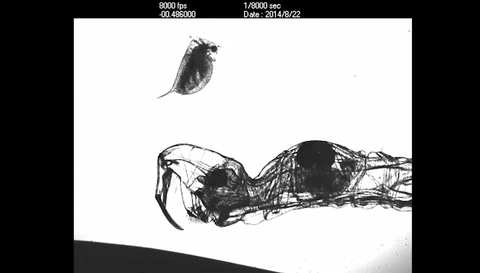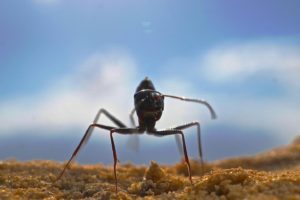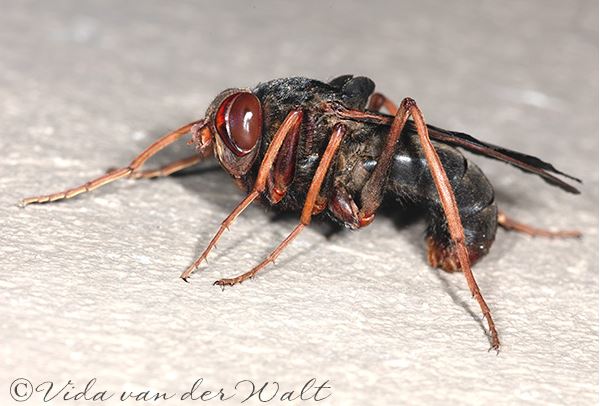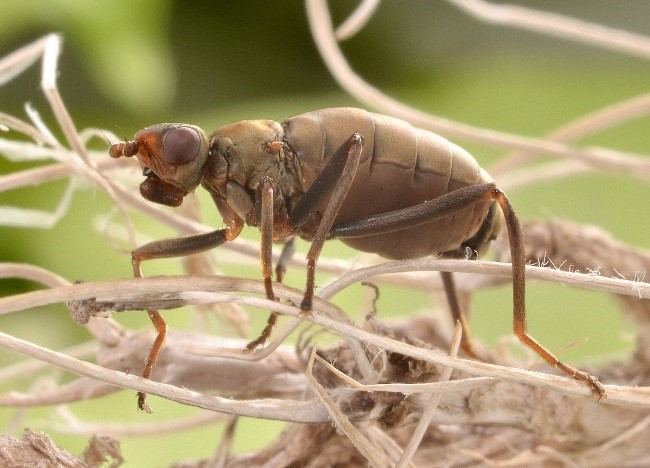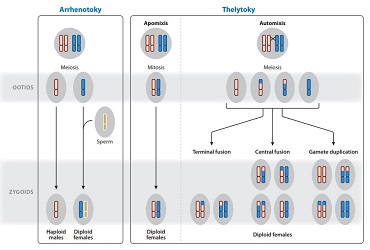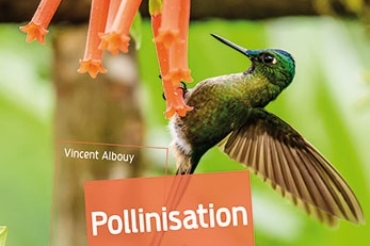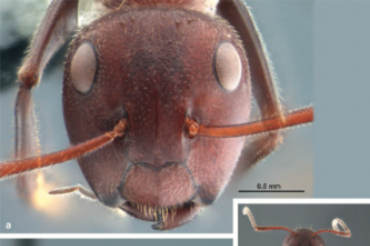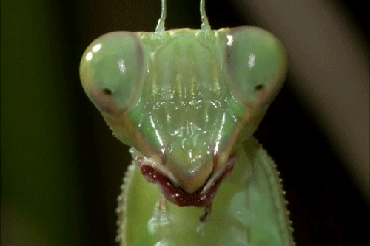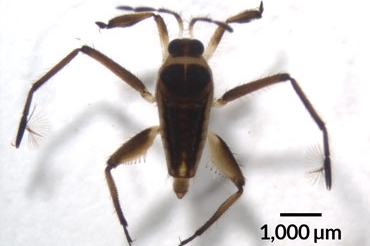by Benoit GILLES The trophic chains of ecosystems such as those found in small ponds are structured in several levels. The first group consists of the so-called primary organisms, constituting phytoplankton, producing their energy from minerals and light energy through the photosynthesis process. At the base of the food chain, these organisms serve as food…
Tag: adaptation
The memory of the desert ants
Odometer at Cataglyphis Fortis The Cataglyphis Fortis have the ability to return to the nest although they are in complete darkness. How do they estimate the distance to which the nest is located, and this in a straight line? A team of Swiss scientists led by Matthias Wittlinger (link) showed that the ant estimates the…
Gyrostigma Rhinocerontis: His larva lives in the rhino’s stomach
by Benoit GILLES There are five species of rhinoceros, two in Africa: the White Rhinoceros (Ceratotherium simum) and the Black Rhinoceros (Diceros bicornis), and three in Asia: the Indian Rhinoceros (Rhinoceros unicornis), the Java Rhinoceros (Rhinoceros sondaicus) and the rhinoceros Sumatra (Dicerorhinus sumatrensis). These species are all in the process of degradation due to the…
The Entomofauna of the French subantarctic islands
by Maurice Hulle The Subantarctic islands, among the most isolated in the world, harbour a small number of native terrestrial invertebrates which, in the course of their evolution, have developed specific biological adaptations, the most notable of which is the loss of The flight function in insects. Since their recent discovery and, above all, since…
Parthenogenesis in insects: synthesis
by Benoit GILLES In order for them to multiply, nature has endowed living organisms with a wide diversity of reproductive systems. In insects, one of these strategies is parthenogenesis. This is based on the development of individuals from unfertilized gametes, thus without the need for fertilization. This strategy is interesting for more than one reason:…
Be versatile or specialize? The choice of flowers and their pollinators
By Vincent ALBOUY Specialization/Generalism Specialization is defined as physical, biological and/or behavioural adaptation to a small group of partners. Bryona dioica (Bryona dioica), a wild Cucurbitaceae, flowers in spring in hedges and wastelands. Its greenish-white flowers attract various collectors. Among them, a small blackish bee marked with red, andrène de la bryone (Andrena florea), visits…
Colobopsis explodens: a detonating ant!!
In the already surprisingly diverse world of ants: morphology, behaviour, adaptation and ecology (read these articles Cataglyphis ; Atta ; Eciton ; Cephalotes ; Force), is added the description of a new species to the capacity of the most singular, that of being able to be literally exploded as a means of defense ! Described…
Insect Vision – Part 3: Physiological receptors, colours and polarization
The eyes (vision), in their diversity of form and structure, allow any organism (invertebrates and vertebrates) to collect light energy (photons), convert it into electrical energy which will then be transmitted to the brain via neurons where it will be analyzed and interpreted to give birth to a mental representation of the environment to the…
Ephydra hians: the diving fly of Mono Lake
Summer, the shores of Mono Lake in California are invaded by millions of small flies. The density is such that it sometimes reaches in places more than 2000 flies on the surface of a postcard, for a total population estimated at more than 100 billion individuals. These flies belong to a species: Ephydra hians (Ephydridae).…
Evolution and adaptation in Rhagovelia bedbugs
Genes at the origin of new traits giving access to a new environment chez la punaise Rhagovelia (Heteroptera, Gerromorpha, Veliidae) Evolutionary innovations result in the appearance of new structures or behaviours during evolution (ex lien), a coloration pattern in butterflies (lien). The theory predicts that these events of appearance are unique to each innovation and…

